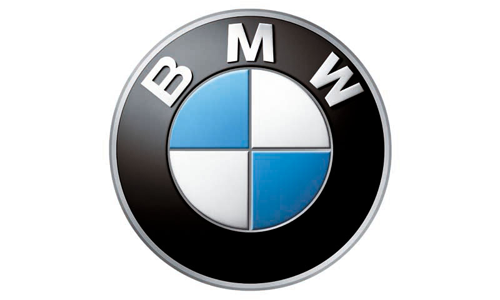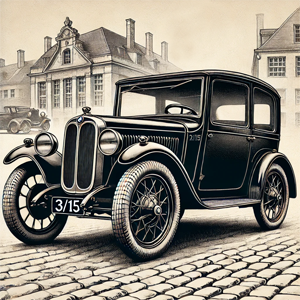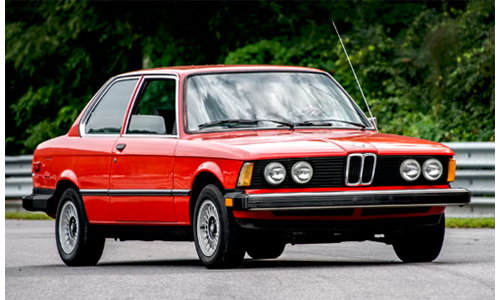
BMW: The Ultimate Driving Machine.
The Fascinating History of BMW: From Aircraft Engines to Luxury Automobiles
When you think of BMW, the iconic blue-and-white logo and its reputation for luxury, performance, and innovation instantly come to mind. But how did BMW become the global automotive powerhouse it is today? Let’s dive into the captivating history of Bayerische Motoren Werke AG, better known as BMW.
The Birth of BMW (1916)
BMW was founded on March 7, 1916, in Munich, Germany. Initially, the company was named Bayerische Flugzeugwerke (Bavarian Aircraft Works) and focused on producing aircraft engines during World War I. In 1917, the company was renamed Bayerische Motoren Werke AG, or BMW, marking the start of an enduring legacy.
The Iconic BMW Logo
BMW’s logo, introduced in 1917, is a reflection of its aviation roots. The blue and white quadrants represent the spinning propeller of an aircraft against the blue sky, as well as the colors of the Bavarian state flag. This timeless design has become one of the most recognizable automotive emblems worldwide.
Post-War Transition and the Dixi (1920s)
After World War I, restrictions in the Treaty of Versailles prohibited Germany from manufacturing aircraft. BMW shifted its focus to motorcycles and later ventured into automobile production. In 1928, BMW acquired Fahrzeugfabrik Eisenach, which produced the Dixi—a licensed version of the Austin 7. The Dixi became BMW’s first car, laying the foundation for its future in the automotive industry.

The 1930s: A Legacy of Innovation
The 1930s marked BMW’s emergence as a leading innovator in the automotive world. The company introduced its first inline-six engine and iconic models like the BMW 328 sports car, which dominated racing circuits and cemented BMW’s reputation for performance and engineering excellence.
Challenges During World War II
During World War II, BMW returned to its aviation roots, producing aircraft engines for the German military. However, this shift came at a cost. After the war, BMW’s factories were dismantled, and the company faced significant financial challenges. For a time, BMW focused on producing household items and motorcycles to survive.
Post-War Revival and the New Class (1950s-1960s)
In the 1950s, BMW re-entered the automobile market with luxury sedans like the BMW 501 and 502. However, the company struggled financially until the introduction of the “New Class” in 1962. This lineup of compact sedans, starting with the BMW 1500, revitalized the brand. The New Class combined performance, innovation, and style, setting the stage for BMW’s modern success.
The Birth of the 3 Series and the Ultimate Driving Machine (1970s)
The 1970s saw the debut of the BMW 3 Series, which became the brand’s flagship model. The tagline “The Ultimate Driving Machine” was introduced, capturing BMW’s commitment to delivering exceptional driving experiences. During this time, BMW also launched its M division, creating high-performance vehicles like the BMW M1.

Expansion and Global Success (1980s-2000s)
BMW expanded its product lineup and global presence during the 1980s and 1990s. The company introduced SUVs like the BMW X5 and acquired iconic British brands Mini and Rolls-Royce. These acquisitions solidified BMW’s position as a leader in the luxury automotive market.
Embracing Sustainability and Innovation (2010s-Present)
In recent years, BMW has embraced sustainability and cutting-edge technology. The BMW i sub-brand was launched in 2011, focusing on electric and hybrid vehicles. The BMW i3 and i8 showcased the brand’s commitment to reducing emissions without compromising performance. Today, BMW continues to innovate with models like the all-electric BMW iX and i4, setting new standards for luxury and sustainability.
BMW Today: A Global Icon
Today, BMW is a global leader in luxury automobiles, with a diverse lineup that includes sedans, SUVs, sports cars, and electrified vehicles. The brand’s dedication to engineering excellence, cutting-edge technology, and timeless design ensures its place at the forefront of the automotive industry.
Key BMW Milestones
1916: BMW is founded as Bayerische Flugzeugwerke (Bavarian Aircraft Works).
1917: The company is renamed Bayerische Motoren Werke (BMW), introducing its iconic blue-and-white logo.
1923: BMW produces its first motorcycle, the R32.
1928: BMW enters the automobile market by acquiring Fahrzeugfabrik Eisenach and producing the BMW Dixi, its first car.
1933: BMW introduces its first inline-six engine.
1936: The BMW 328 sports car debuts.
1952: After WWII rebuilding, BMW re-enters the automobile market with the luxury BMW 501 sedan.
1972: The BMW 3 Series is introduced, marking the birth of its enduring naming convention.
1978: BMW launches its M division with the BMW M1, its first high-performance sports car.
1994: BMW acquires the Rover Group, including the Mini and Land Rover brands, though Rover is later sold.
1999: The BMW X5 is introduced, marking the company entry into the SUV segment.
2011: BMW launches the i sub-brand, focusing on electric and hybrid vehicles with models like the i3 and i8.
Motor Sports
Touring Car Racing
Formula 1
Le Mans and Endurance Racing
Formula E
Rally Racing
GT Racing
Touring Car Racing
Esports and Sim Racing

